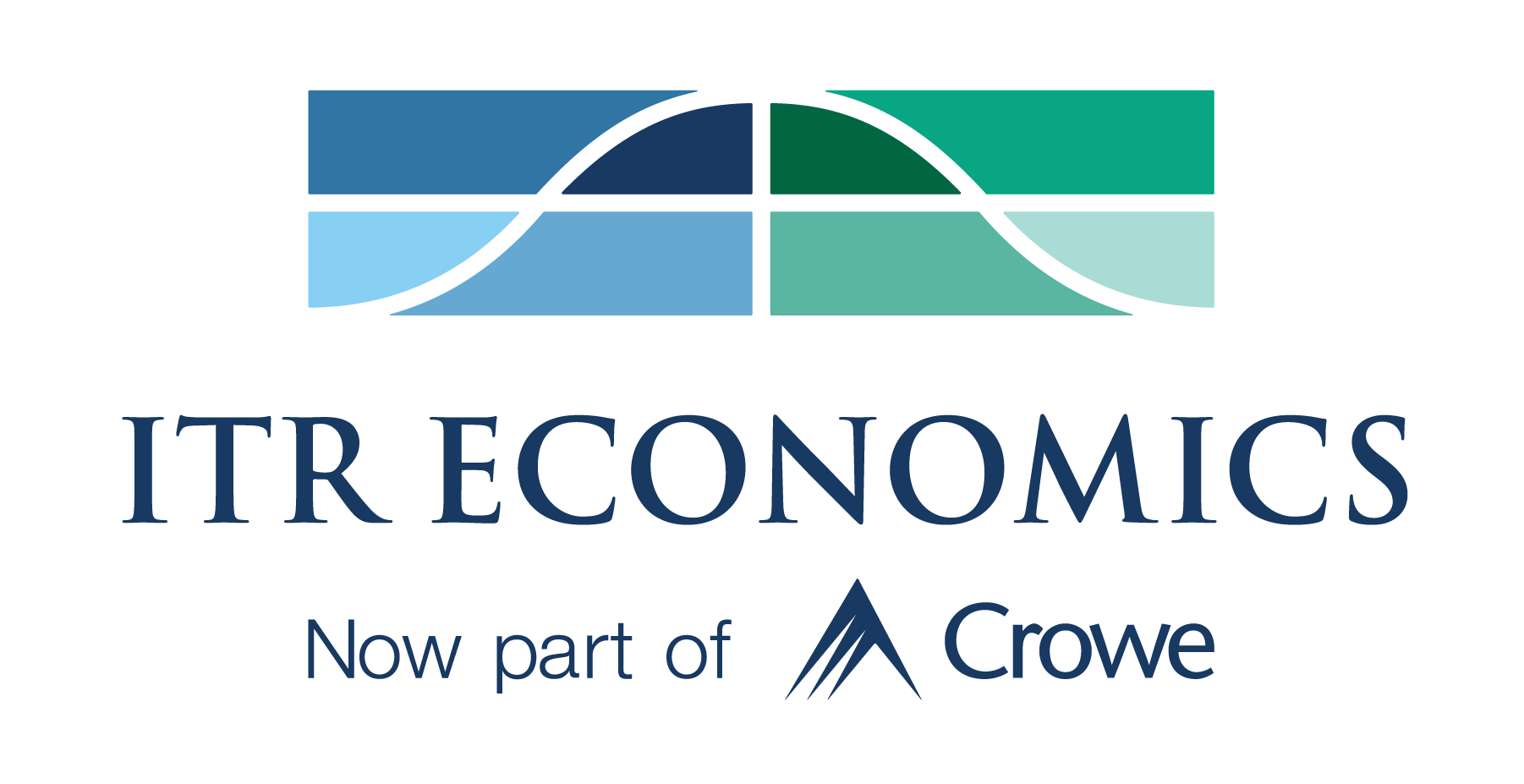- Mon - Fri: 8:30 - 5:00
- +1-603-796-2500
- ITR@itreconomics.com
June 2, 2023
- Home
- portfolio
- TrendsTalk
- June 2, 2023
with grace schatz
MARGIN SQUEEZE
Despite their own costs increasing, many companies are facing pressure from their customers to flatten or lower their prices. Find out how to navigate these issues in the latest episode of TrendsTalk with ITR Economics Director of Economics Grace Schatz!
The below transcript is a literal translation of the podcast audio that has been machine generated by Rev.
Hi, everyone. My name is Grace Schatz. I’m Director of Economics here at ITR. And in this TrendsTalk episode, we’re going to talk about margin squeeze. Talked to so many businesses recently that are getting pressure from their customers to either flatten or lower prices, even when their costs are increasing over time. So want to break down where that cost increase is coming from primarily, and then talk about a few strategies to combat the margin squeeze that my clients are experiencing.
So let’s start with the numbers. So the main thing that’s still driving inflation and the thing that many businesses are worried about is the cost of employment. So the wages you have to pay your workers, the healthcare costs and the taxes related to that. So when we look at an employment cost index for the overall economy, employment costs are up about 5.1% from last year. That is a huge number relative to what the norm is, which is somewhere more in the 2% range for the long-term average. Over that same period, we have commodity prices that are down largely year over year. So even though wages are up, the cost of raw materials is down over that period.
So you may be having conversations with your customers or vendors about those lower commodity prices, and that may be driving some conversation about, “Wait, shouldn’t our prices be declining for our costs?” Well, think about the position you’re in. The farther you get into the value supply chain, the more that cost of labor is factoring into the product that you are purchasing or selling. So the closer you are to the commodity, the more effective looking at that raw material cost is going to be. But the closer you are to the consumer or the end user, we have to factor in more and more of the value-add, more human time that it takes to convert something from a raw material into something useful later in the process.
So if we look at an intermediate good. First we have the commodities, those are the raw materials. But if we move a little further into the supply chain and consider some added value in these intermediate goods, those goods are still below the year ago level to. If we compare the April data to last April, the price has changed 3.2% toward the negative. So prices are 3.2% lower than they were at the same time last year. If we move even further through the supply chain and looked at finished goods, overall producer price index for finished goods is up 2.6% over that same period. So intermediate goods down 3.2%, finished goods up 2.6%. That is a really important difference. That delta between the growth that we’re seeing in finished goods and the contraction that we’re seeing in prices for intermediate goods, it’s really driven by that wages component.
So what can you do to make sure that you’re getting the best use of the labor capacity you have? Think about scheduling systems or other technologies that will help you most efficiently use the labor that you do have. Consider it a precious resource, and make sure that you are effectively deploying that resource whenever possible. The labor resources you have should be devoted to segments of your business or end use markets that are profitable. That’s a phase C management objective we talk. About lose the losers. Losers to us are segments of your business that aren’t turning a profit. Make sure that you’re focused on reducing the impact of those segments that aren’t turning a profit and focusing your attention and efforts on those sections of the business that are.
The other thing I wanted to mention to you is that you can be informed using the data. There is a lot of the data available from the Bureau of Labor Statistics and forecasts available from ITR about where prices for certain markets are headed. So know what your prices are when you’re going into these conversations and make sure you understand what your competitive advantages are as a business. Why should somebody do business with you rather than your competitors within the marketplace? So you’re not just competing on what that value is, but rather your clients understand why they should be paying a slightly higher price to work with you if that’s what it comes down to.
So I’m really happy to have talked to you today about making sure you can protect your margins. I want you to take away a warning that we’re in a period where consumers and businesses are more price conscious, and so we’re seeing some margin squeeze. For that reason, we expect prices to be declining slightly for producer prices next year, but inflation will return in 2025. And so keeping in mind that this is a temporary squeeze that you’re likely to go through. But you can take action. You can be prepared for that by focusing on product types that are likely to bring more profits and utilizing your labor resources as effectively as possible to mitigate the impact of inflation. Thank you so much for joining me for this week’s TrendsTalk.





